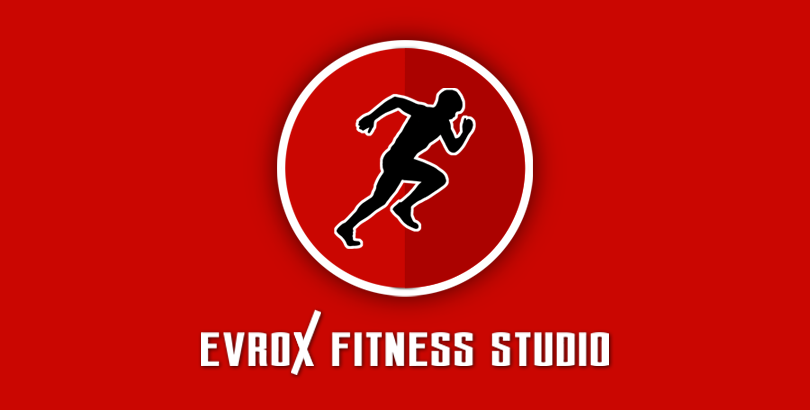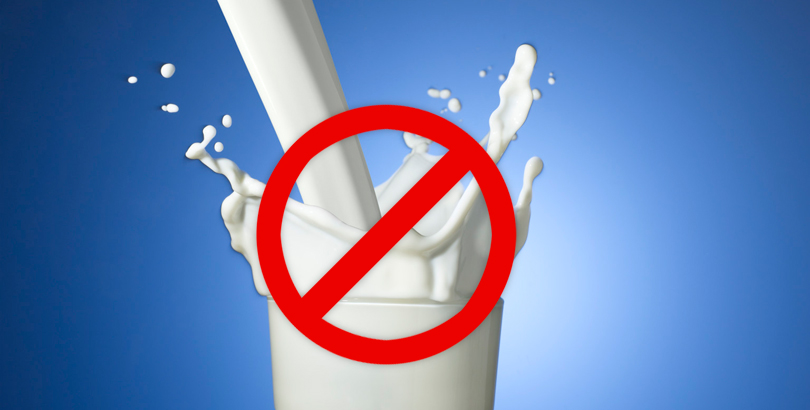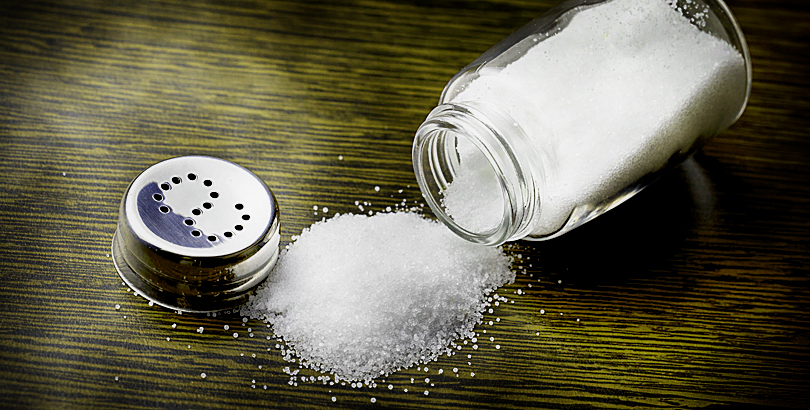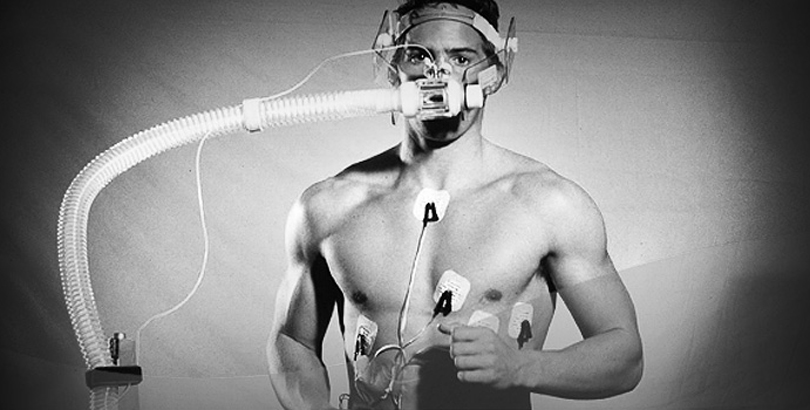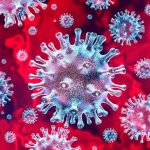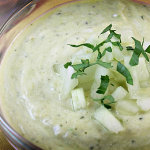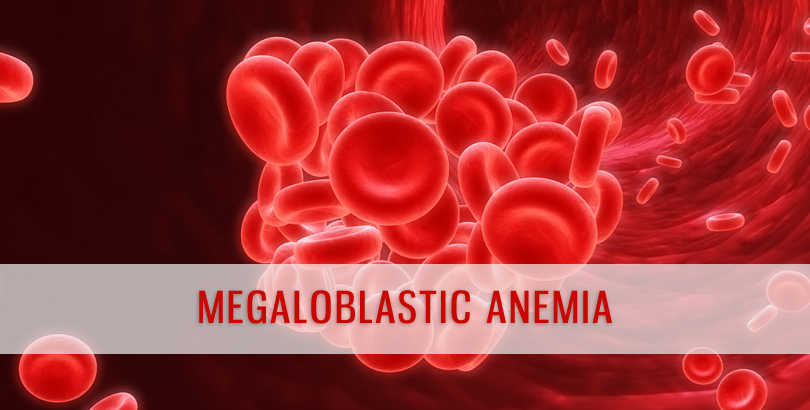Lactose Intolerance is a common digestive problem, due to inability to digest Lactose, the sugar present in milk and dairy products.
Cause:
- Lactose intolerance is caused by the deficiency of the enzyme Lactase. Lactase is the enzyme responsible for the metabolism of Lactose, the sugar contained in milk and milk products.
- Lactase breaks down lactose into glucose and galactose in the small intestine. In absence of lactase, undigested lactose is transported to the colon.
- Bacteria in the colon break down the lactose, producing fatty acids and gases such as carbon dioxide, hydrogen and methane. The breakdown of the lactose in the colon, and the resulting acids and gases that are produced, cause the symptoms of lactose intolerance such as flatulence and bloating.
Types Of Lactase Deficiency:
- Primary deficiency: Due to genetic deficiency of lactase which runs in families and which manifests after 2 years of age, though symptoms may be masked till adulthood.
- Secondary deficiency: This may occur at any age, due to diseases involving small intestines such as gastroenteritis, Inflammatory bowel disease, Coeliac disease, cancer chemotherapy etc.
Inherited congenital lactase deficiency is rarely seen.
Symptoms Of Lactose Intolerance:
The symptoms of lactose intolerance will usually occur within a few hours of consuming food or drink that contains lactose, such as dairy products.
The main symptoms include:
- Flatulence or gases
- Diarrhea
- Bloated abdomen
- Stomach cramps and pains
- Nausea, vomiting
The severity of symptoms and onset depends on the amount of lactose consumed. The amount of lactose that it takes to cause symptoms varies from person to person.
Diagnosis:
The diagnosis is generally obvious from the history. The tests used for diagnosis are:
- Hydrogen breath test
- Lactose/Milk tolerance test
- Small intestine biopsy to rule out Sprue or other mal-absorption
Treatment:
There is no cure for Lactose Intolerance. The main management is avoidance of milk and dairy products and calcium supplementation. Hidden sources of lactose such as sweets, mayonnaise and salad dressings, biscuits, chocolates should be identified and avoided. Food and drinks that don’t usually contain lactose include soya milks, yoghurts and some cheeses, and milks made from rice, oats, quinoa, almonds, hazelnuts, coconut and potato.
Lactase substitutes may be used to reduce symptoms.
